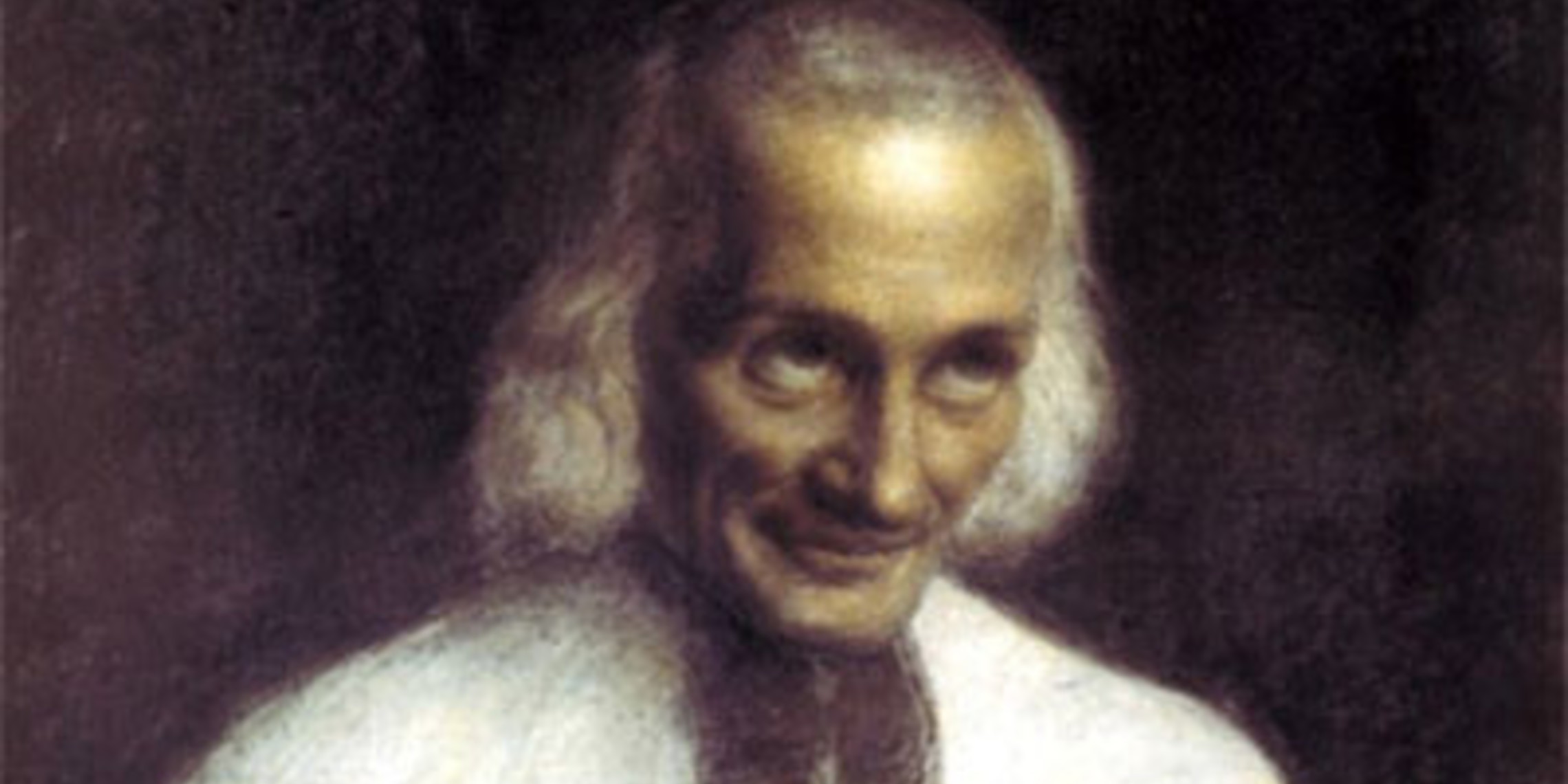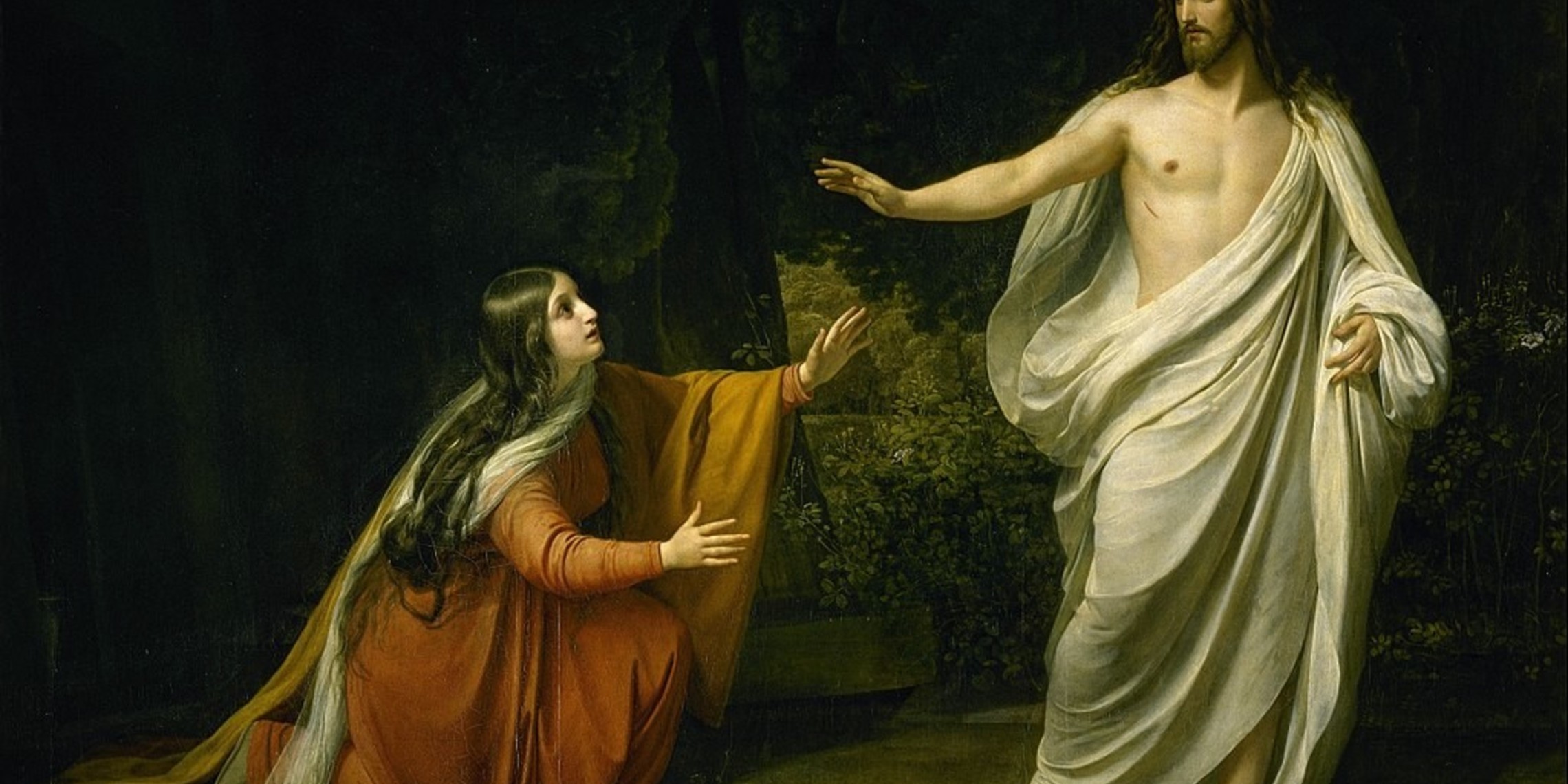Just as in every human relationship, details matter, we will quickly find that they do here as well in our relationship with God through sacred symbol. As the sanctuary of any Catholic church is supposed to represent the heavenly court where the eternal Banquet of the Lamb takes place, it conveys to us a story that not only we are a part of in the Mass, but also to point to where we are striving to go as Christians—Heaven and ultimate union with God. The church building represents the Heavenly Jerusalem and the New garden of Eden, redeemed with the sacrifice of Christ on the tree to reverse the sin of our first parents and give us eternal life.
Just as the Temple of Solomon was split into three spaces (the porch, the holy place, and the holy of holies which contained the Ark of the Covenant and presence of God), a Catholic church is also divided in this way. An antechamber called the narthex, the nave of the church where the laity participate at Mass, and the sanctuary, or holiest of holy places. The altar rail is the banquet table and the threshold of heaven and earth of time and eternity. This denotes immediately that the sanctuary is not a common space. We do not enter and leave it as we please because this sacred boundary tells us that this is holy ground. The altar rail with its houseling cloth (the linen cloth flipped over for communion) represents the banquet table where we are fed the Bread of Life by the priest, who representing the Good Shepherd, feeds us the Body and Blood of the Lord. Traditionally, the faithful placed their hands underneath the cloth so that they would not touch the Blessed Sacrament with their hands as the hands of the priest are consecrated with sacred oil at ordination solely for this purpose.
Over the sacred boundary (the altar rail) is placed the image of Christ in agony on the cross. To non-believers and believers, this image of Christ should move our hearts and minds to realize where we are when we are at Holy Mass—we are nowhere else other than the foot of the cross—re-presented in an un-bloody manner on the altar for our salvation. The Mass is a sacrifice, and the image of Christ on the cross instructs us in the greatest commandment—to lay down ones’ life for one’s fellow man. Sacrifice is love and is the love of God for humanity.
As we make our way into the sanctuary, we notice altar with its gradines (the shelves for candles, flowers, and relics) and the expository and tabernacle. The altar is raised on three steps—an odd number—for God is indivisible and the Temple of Solomon also had an odd number of steps. The symbols on the altar include the Lamb of God with the seven seals sitting in judgment. This comes from the Book of Revelation and represents Christ as Judge at the end of time. To the right and left of the lamb, one would notice the phoenix redivivus or birds of Paradise.[1] Known as the bird pagan tradition that did not die, and for the Jews a symbol of Eden, in Christianity, this became a symbol of the resurrection. One can see that the birds are drinking from the chalice of Precious Blood. When we receive the Eucharist, we, too are promised immortality.
The original altar of our church had barley twist or twisted columns. Part of the Solomonic theme, these twisted columns would have been in the original St. Peter’s Basilica in Rome. When one travels to St. Peters today, even the 16th century altar has twisted columns reminiscent of the Temple of old. From the front of the altar to the mensa or table top, the relics of various martyrs are interred in the stone thought to be the original stone from our altar found in the rectory of the church. It would’ve been consecrated by the bishop some 130 years ago and sealed with sacred chrism and interred in the wood of the altar. On the altar, are four cloths. One that always remains and is never laundered—a cere cloth—a linen cloth covered in wax which prevents any accidental spill from the Precious Blood from going on the altar itself. The symbolic cloths are two fitted cloths made of linen and the shroud which covers the whole of the mensa to the floor. These represent the burial shrouds of Christ.
The tabernacle of our church, refinished and re-silked, contains a veil over the front. Just as in the Temple of Old, the presence of God is veiled, or hidden from our eyes, so is the Eucharist. All things holy are veiled and evoke the sense of mystery to draw us in evermore in relationship with the Presence of God among us in the Most Blessed Sacrament. The six restored candles on the gradines of the altar form a sort of menorah, as would have been seen in the Temple. When the diocesan bishop visits a parish church, a seventh candle is placed in the center completing the symbolism. Over the tabernacle is conveniently placed an expository for adoration of the Most Blessed Sacrament and for the altar cross.
Not located now will be placed the relics of saints in reliquaries between the candle sticks to remind us of their presence in the Heavenly court and the resurrection that is to come.
To the right and left of the altar, one will find images of the Sacred Heart of Jesus and the Blessed Mother holding her child. The Sacred Heart is the Risen Christ with His wounds that tells that He dies no more and waits for us in Heaven along with His Blessed Mother who constantly intercedes for us. In this way, we see the crucified and Risen Lord. Originally, the image above the altar was the Star of Bethlehem, which would’ve evoked a sense of the Incarnation, thus completing the final and total story of the Birth, Death and Resurrection of the Lord. Truly, no detail goes unmissed, no detail is left to chance—all details are important in our relationship with God.
[1] McDonald, Mary Francis. Phoenix Vol. 14, No. 4 (Winter, 1960), pp. 187-206 (20 pages)
Published by: Classical Association of Canada
https://www.jstor.org/stable/1085860?seq=7#metadata_info_tab_contents
More News...
Saint John Vianney, the Cure D’Ars, August 4
The bloody French Revolution that started in 1789 was the laboratory for the later horrors of the 20 th century; the mass killings and...Read more
Mary Magdalene, July 22nd
In 2009 archeologists in Galilee discovered Magdala. At the time of Christ, it was a thriving fishing town on the Sea of Galilee....Read more


